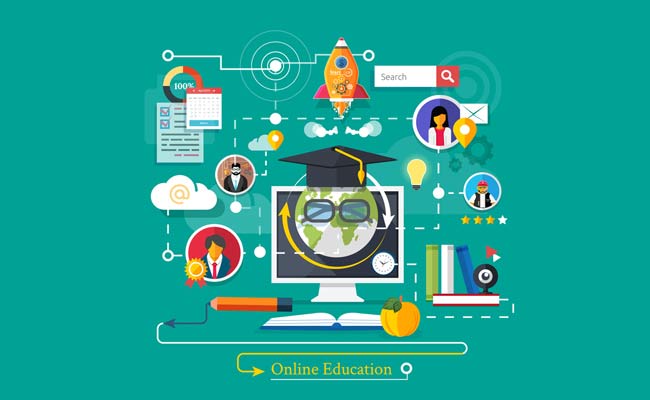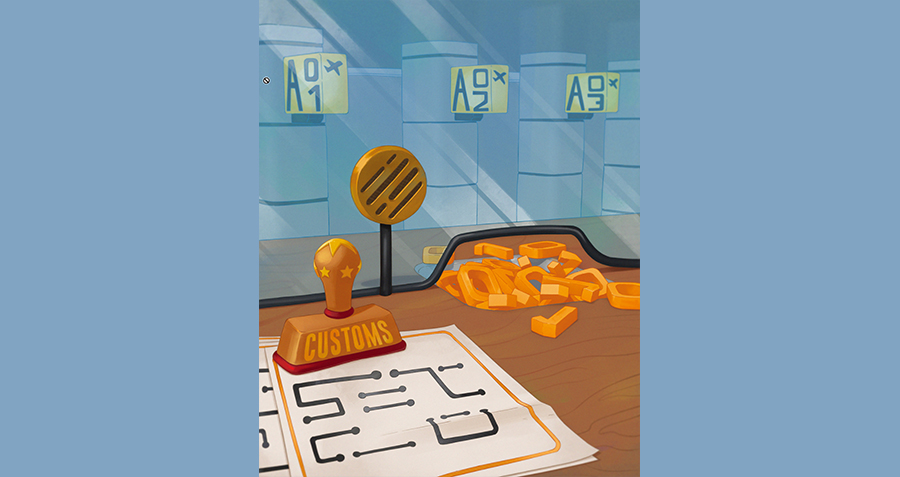
How technology will make higher education better, but probably not cheaper.
Matrix-style brain sockets may not be this year’s must-have back-to-school fashion accessory, but many educators believe technology will soon transform education—particularly higher education—in ways that will prove nearly as dramatic.
Just as digitalization has made it possible for businesses to know their customers better and tailor offerings to meet their needs more precisely, it is now beginning to show educators how to teach students more effectively and efficiently than ever before.
Surprisingly, however, better may not mean cheaper or less labor-intensive. Instead, information technology (IT) seems most likely to help students learn more quickly and more thoroughly, with greater flexibility about when, how, and where they learn.
Will professors stop professing?
Some analysts argue that digital techniques may alter higher education in certain respects more radically over the next 20 years than it’s changed in a millennium.
One case in point: the traditional lecture. Most researchers have long known that students don’t retain very much of what they learn in a standard 50-minute lecture, according to Joshua Kim, Director of Digital Learning Initiatives at the Dartmouth Center for the Advancement of Learning at Dartmouth College in Hanover, New Hampshire. However, although academics have advanced their particular specialties by following evidence-based principles, most neglected to apply the same scrutiny to their own teaching methods.
Now that’s begun to change, as the developers of electronic learning materials—often technologists with no emotional stake in traditional learning methods—have brought a fresh eye to the presentation and organization of information.
The experience of Salman Khan, founder of the popular tutorial site Khan Academy, is one case in point.
Khan became online tutoring’s biggest name largely by accident, after recording a tutorial on YouTube for his cousins and finding that they actually preferred his recorded self to the live version. They liked being able to play things back, they could listen when they wanted, and they could focus on trying to understand rather than worry about their response to the teacher, according to a 2011 TED talk given by the former hedge fund analyst.
These insights, coupled with new technology, have made Khan Academy a hit on the internet. Six million users visit the Gates Foundation-backed site every month, and some US schools are now using video from the site as a platform to transform their curriculum. In one experimental school Khan supports, students listen to modular video lectures at night, then work with the teacher doing problems in class during the day—and the teacher knows from the students’ performance in online quizzes exactly who needs help and who’s ready to start a new lesson.
Where people learn may also change. Massive open online classes, or MOOCs, taught either through for-profit start-ups such as Coursera or not-for-profit consortia such as EDx, whose sponsors include Harvard University and the Massachusetts Institute of Technology (MIT), are already attracting thousands of students. Right now, these are largely parallel systems, but MIT and other institutions are looking to incorporate them in more seamless ways.
In the process of transforming the experience of learning, online educators may transform educational institutions as well. Some educators see a shakeout coming in higher education that looks a little like the one that newspapers have suffered over the last decade, which has been bad for almost all but community newspapers and a few international names. In this scenario, small community colleges and vocational schools survive along with large universities with globally recognizable brands but very little in between. Clayton Christensen, the Kim B. Clark Professor of Business Administration at Harvard Business School and co-author of The Innovator’s Dilemma, an influential book on the impact of disruptive technology on business, predicted in a recently-released book, Disrupting Class, that within 15 years more than half of American universities will go bankrupt.
Kim disagrees. “We’re not going to see higher education as we know it fold. It won’t be like the story of what Amazon did to small booksellers or record stores,” he says. “That’s not the right analogy of all. What we will see is lots and lots of investment in teaching across the board in higher education.”
Higher education isn’t facing its Amazon moment because there are many aspects of education that can’t really be moved entirely online, Kim argues. “Education remains pretty much a person-to-person, people-driven kind of business. It doesn’t really scale, or rather we will not pay for what scales. What scales will be offered for free or for very low cost, but when we send our kids to college, we want our kids to get to know their professors, and we want their professors to know them as individuals,” Kim predicts.
However, he does see a funding crisis ahead. Although online courses can be delivered cheaply, good digital content is still expensive to develop, and seems most useful so far for augmenting the value of traditional instruction, not replacing it, according to Kim. In the end, he argues, universities will ultimately need to hire more people, not fewer.
Edward Byrne, until recently President and Vice-Chancellor of Monash University in Melbourne, Australia, and now Principal and President of Kings College, London, doesn’t see hard times ahead for universities either.
On the undergraduate side, Byrne says, on-campus learning will be hard to replace—the social development, interaction with tutors, and opportunities for clinical work are all valuable. At the same time, the rapidly rising numbers of middle-class people also bode well for universities—particularly in the eastern hemisphere, if as forecast, in 10 years’ time, the majority of the world’s middle-class lives in Asia and not the US and Europe.
But Robin Teigland, an associate professor of strategy and competitiveness at the Stockholm School of Economics who studies online communities, argues that universities will need to work harder to deliver something that students can’t get more conveniently online and more cheaply online, especially as other kinds of online experiences may start to compete with some of the ‘soft’ experiences that universities see as a key advantage of campus life. For example, Teigland says she has spoken with a senior manager who hired someone based in part on the leadership and problem-solving skills he gained as a guild leader in World of Warcraft, a massive online game.
On the other hand, the change may take longer than anyone now expects. Higher education tends to be very tradition-bound: as far back as the 18th Century, the writer Samuel Johnson wondered why people liked lectures so much, seeing that books were so widely available. “Now, I cannot see that lectures can do so much good as reading the books from which the lectures are taken. I know nothing that can be best taught by lectures, except where experiments are to be shewn,” he told his biographer, James Boswell.
A new perspective
Ultimately, however, the most profound shift wrought by the new educational technology may lie in how we view intellectual capabilities altogether, as the experience of some digital educators is beginning to suggest that talent itself may be a 20th Century idea.
Learning anything may instead turn out to be something like learning to walk—some babies are better at it than others, but most catch on sooner or later—and someone we consider a good student may just be someone who happened to be receptive to learning something at the particular moment it was being taught and in the way it was taught.
Khan, for example, notes that in the experimental schools that use Khan Academy videos, some students learn faster than others in the first few weeks of teaching, but after a few weeks, the entire class begins to move at a very similar, and very high, rate of acquisition.
“It makes you really wonder kind of how many of the labels maybe many of us have benefited from are really due to a coincidence of time,” Khan said in his TED talk.




















